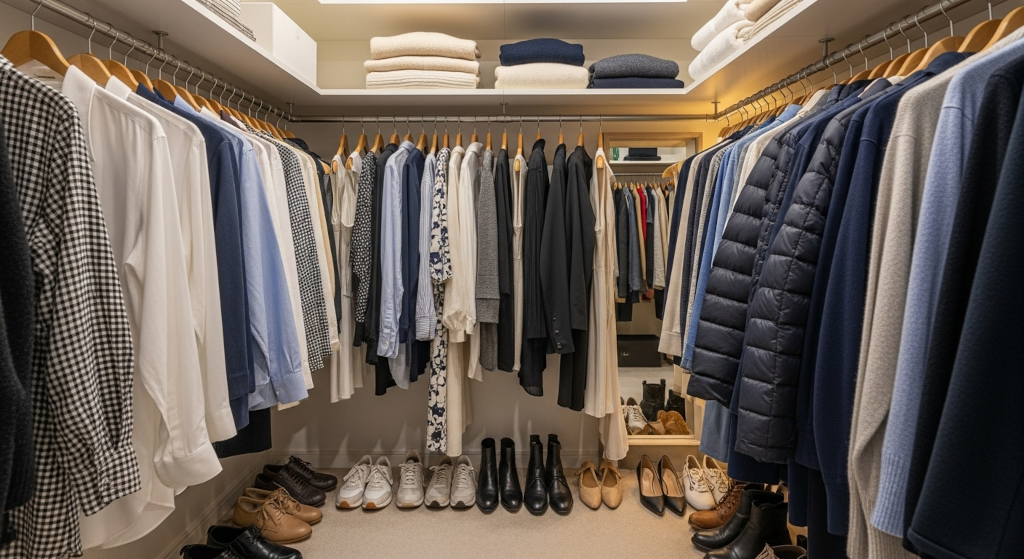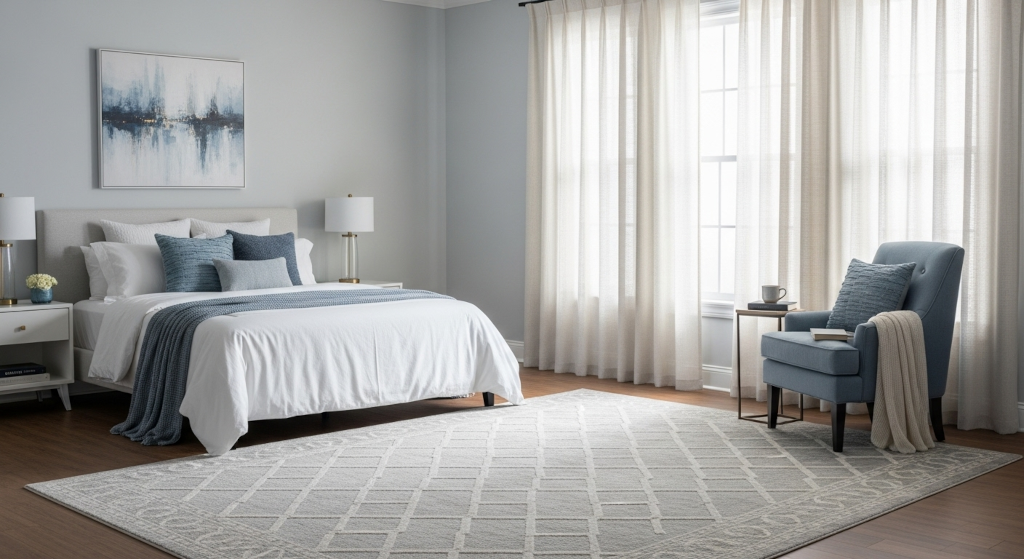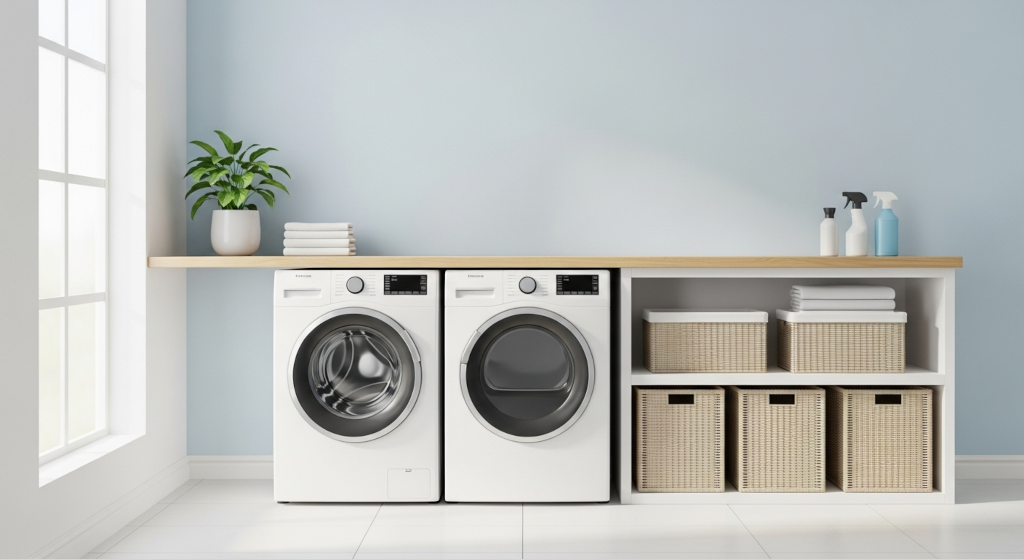The air inside your home changes with the seasons, and so do the odors. What feels fresh and pleasant in winter can suddenly seem heavy and stale when summer arrives. Likewise, scents that barely register in the heat can become far more noticeable once the windows are closed for winter. The reason? Temperature, humidity, and air circulation all play major roles in how odors develop, spread, and linger.
Understanding how your environment affects odor will help you keep your home smelling fresh year-round, without masking the problem. By using smart odor-neutralizing habits and staying ahead of seasonal changes, you can prevent the buildup that leads to unpleasant surprises.
Why Summer Brings Stronger Smells
Summer heat doesn’t just make you sweat; it also activates odor molecules. Warmer air speeds up the release of these molecules from surfaces like carpets, rugs, upholstery, and even walls. When combined with humidity, this can create a breeding ground for bacteria and mold, both of which contribute to lingering smells.
High temperatures can also cause certain odors to intensify, making kitchen waste, pet bedding, or laundry hampers more noticeable than usual. If your air conditioning runs constantly, the same indoor air gets recirculated, carrying these smells throughout your space unless you actively remove them.
How Winter Changes the Scent of Your Home
Winter brings its own set of odor challenges. Cold air naturally holds less moisture, which means odors don’t travel as quickly. However, because windows and doors stay closed for months, smells get trapped inside. Cooking, fireplaces, pet areas, and damp spots in basements or bathrooms can develop a stale scent over time.
Many heating systems also distribute air through ductwork that may contain dust, pollen, or other particles. Without fresh air circulation, these can mix with household odors and become more concentrated. Even if you clean regularly, your home may still develop what visitors notice as “winter air.”

Seasonal Hotspots That Need Extra Attention
Some odor-prone areas become more active depending on the season. Staying ahead of them prevents year-round buildup and keeps your air cleaner.
Common seasonal hotspots include:
-
In summer: damp laundry areas, pet sleeping spots, kitchen trash bins, and bathrooms with poor ventilation.
-
In winter: entryway rugs, closed-off guest rooms, and sealed windows where condensation builds up.
Using an odor-neutralizing spray designed to break down scent molecules rather than just covering them ensures these areas stay fresh in any season. Applying it in small, regular amounts is more effective than waiting until a smell becomes obvious.
How Humidity and Airflow Play a Role
Humidity affects how odors behave. In summer, higher moisture levels help odor molecules spread quickly, while in winter, low humidity can cause dry, dusty air that traps scents indoors. Pairing an odor-neutralizing spray with good airflow can help you control these seasonal shifts.
Fans, open windows, and clean HVAC filters keep air moving, which helps prevent smells from settling into soft surfaces. During humid months, dehumidifiers can reduce the dampness that fuels mold and mildew smells. In colder months, freshening the air even briefly each day can help prevent stale buildup.
One Simple Routine for Year-Round Freshness
Rather than overhauling your cleaning schedule with each seasonal change, focus on small and targeted actions that prevent odors from taking hold.
Try this approach:
-
Identify the odor-prone areas in your home for the current season.
-
Keep these spaces ventilated when possible.
-
Apply an odor-neutralizing spray regularly to key surfaces and fabrics.
-
Wash or replace entry rugs, pet bedding, and other fabric items more often during their high-risk season.
This keeps you ahead of seasonal changes without adding hours to your weekly cleaning routine.
Staying Ahead of the Smell Curve
The key to managing seasonal odors is recognizing that they’re not random, but they’re the result of environmental changes. By paying attention to temperature, humidity, and airflow, you can predict when certain smells will become more noticeable.
Adjusting your odor control routine accordingly means your home always feels fresh, regardless of the weather outside. Whether it’s summer heat amplifying pet odors or winter air locking in kitchen smells, a little prevention goes a long way.
A year-round approach to odor neutralization ensures that guests walk into a home that smells clean, inviting, and well cared for. With consistent attention to hotspots, seasonal challenges won’t catch you off guard.








